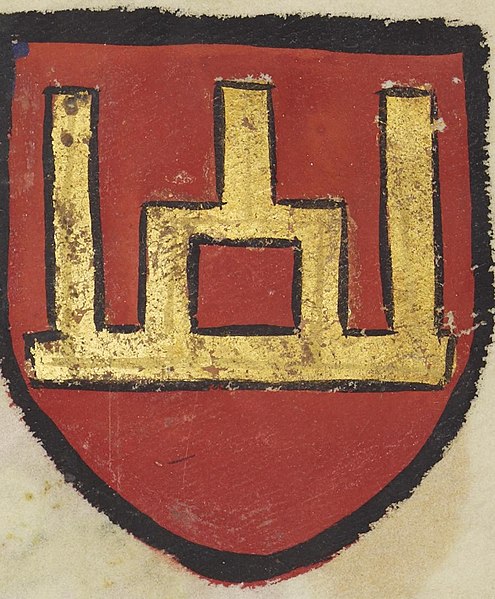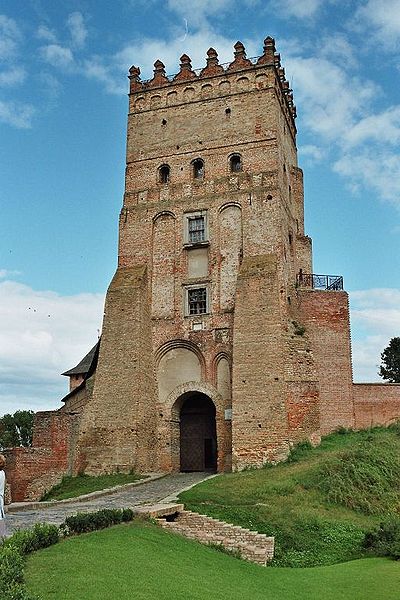Christianization of Lithuania
The Christianization of Lithuania occurred in 1387, initiated by King of Poland and Grand Duke of Lithuania Jogaila and his cousin Vytautas the Great. It signified the official adoption of Catholic Christianity by Lithuania, the last pagan country in Europe. This event ended one of the most complicated and lengthiest processes of Christianization in European history.
The fresco in the Vilnius Cathedral, dating to the Christianization of Lithuania
Romuva sanctuary in Prussia
The Pope Innocent IV bull regarding Lithuania's placement under the jurisdiction of the Bishop of Rome, Mindaugas' baptism and coronation
Medieval fresco from the Saint-Pierre-le-Jeune Church in Strasbourg, portraying 15 European nations' path towards Christianity. Lithuania presented as the last figure.
The Grand Duchy of Lithuania was a sovereign state in northeastern Europe that existed from the 13th century, succeeding the Kingdom of Lithuania, to the late 18th century, when the territory was suppressed during the 1795 partitions of Poland–Lithuania. The state was founded by Lithuanians, who were at the time a polytheistic nation of several united Baltic tribes from Aukštaitija, which by 1440, became the largest European state controlling an area from the Baltic Sea in the north to the Black Sea in the south.
Columns of Gediminas
Gediminas' Tower and other remnants of the Upper Castle in Vilnius
Lubart's Castle in Ukraine, built by the son of Gediminas' Liubartas in the mid-14th century, is famous for the Congress of Lutsk which took place in 1429
Trakai Island Castle, built by Grand Duke Vytautas, which served as a residence of Lithuanian Grand Dukes








